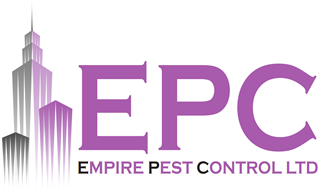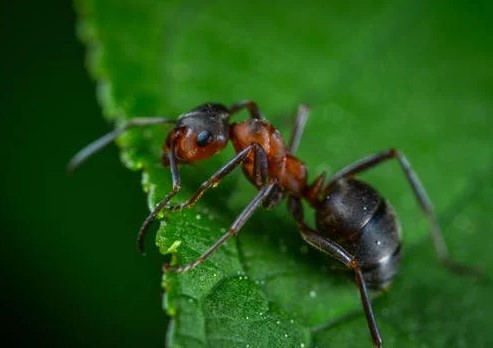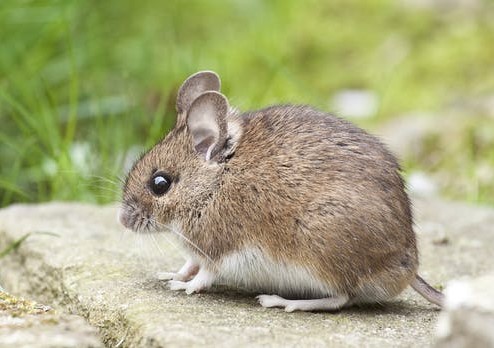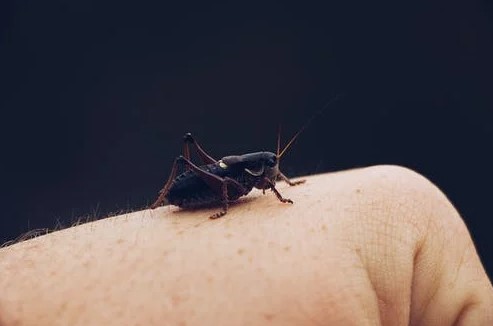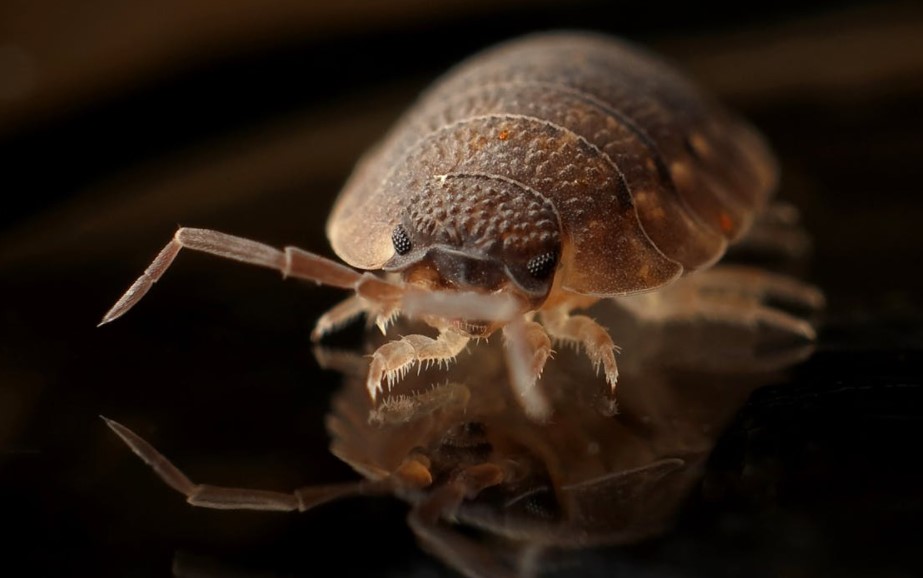Biological pest control or Biocontrol is a process of controlling the pests such as insects, mites, weeds, and other pests causing plant diseases. This process is introduced to prevent the environment and living beings from the chemical pesticide. It can be done in various mechanisms like predation, parasitism, and herbivory, etc., but the involvement of the human role is much important. This process is under the important component of Integrated Pest Management (IPM).
Types of Biological pest control
The types of biological control are classified based on the natural enemies of pests. The three major types of biological pest control are,
- Classical-Importation
- Inductive-Augmentation
- Inoculative-Conservation
Importation
The importation technique is also called the Classical Biological pest Control and it is the introduction of exotic natural enemies to a new location where the pests do not occur naturally. This is usually done by government authorities. The natural enemies associated with the insect pest may be the complex process when any insect pest introduced in a new area where there are no natural enemies of it.
The first step is to determine the origin of the introduced pest and then collect the related natural enemies associated with the pest or closely related species. The natural enemy is then passed through a quarantine process, to ensure that no unwanted organisms such as hyperparasitoids or parasites are introduced, and then they are mass-produced and released. The studies are conducted to determine if the natural enemy becomes successfully established at the site of release and to assess its long–term presence.
Augmentation
In an augmentation biological pest control program, the gardeners add the number of natural enemies according to the number of pests. This typically involves purchasing natural enemies from a commercial supplier and releasing these into the land where the insects occur. The process is not to replace the existing natural enemies but to add the existing natural enemies in order to control and eliminate the pest population. The augmentation process is not suited for all the pest control and it’s still in processing in the greenhouse.
Conservation
The conservation biological pest control is actually a protection of natural enemies from the effect of a pest population by providing the food sources for the natural enemies. Natural enemies are important in regulating the population of many agricultural pests. The conservation biological control is first realized by reducing the pesticides, using the required amount of pesticides, and with careful timing. Insects that are little economic will lead to a major issue for the agricultural plants, and the conservation control reduces the pressure of insects and it also reduces the pest population. This method is basically used for agriculture plant prevention.
Summary
The controlling of pests can be done in various methods but the biological way of treating the insects will be unique and it destroys the initial population lead of pests. The natural way of eliminating the pests to prevent the plants, animals, and humans is basically known as biological pest control. This method requires more co-operative and higher human involvement. Thus the biological control is currently in use in many countries like the US, Europe, etc.

